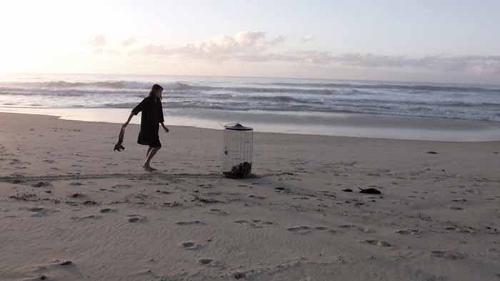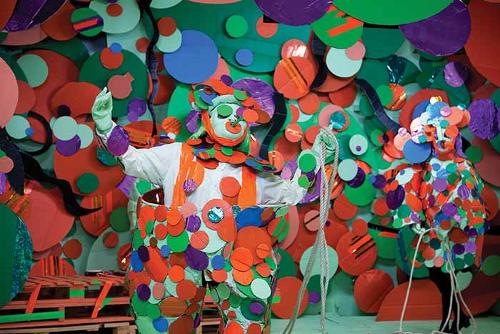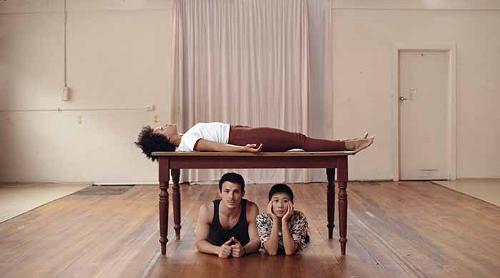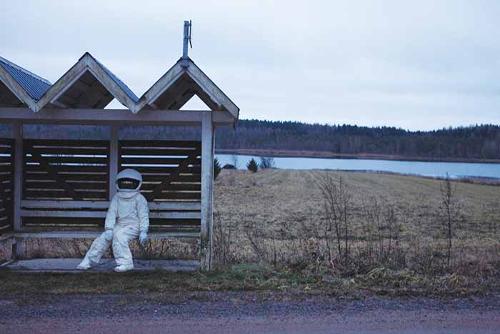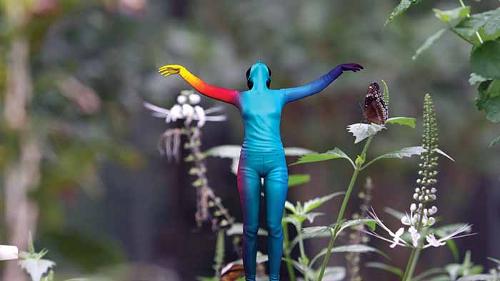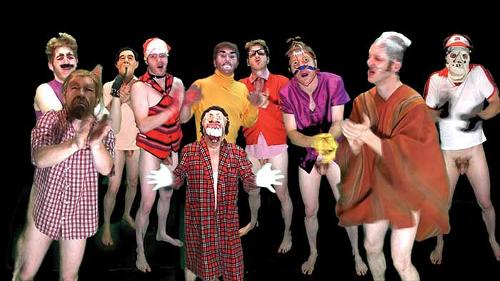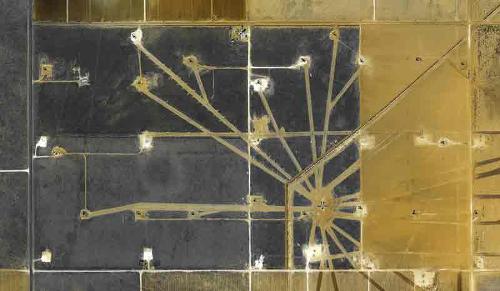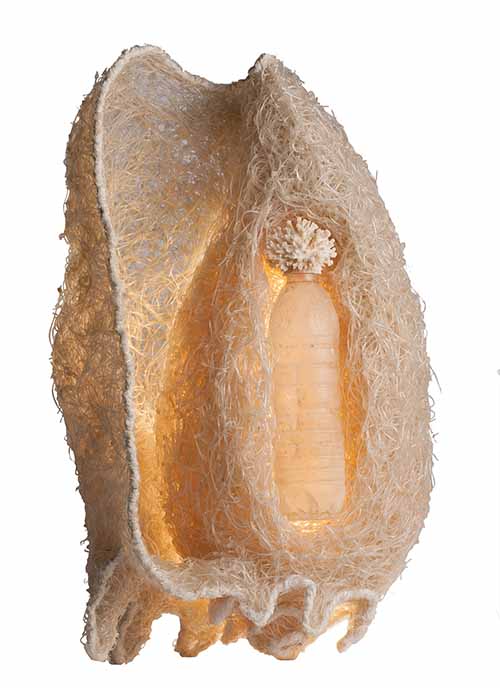
The exhibition flyer for Trapped features Cecile Williams lying on a remote stretch of beach, trapped in a heavy fishing net. Because we can't see them at sea, or the havoc they wreak below, abandoned fishing nets are called ghostnets. If not snagged, many travel great distances and needlessly continue to trap and to kill – often over many years. Some nets are eight kilometres long. It’s a vicious circle as trapped animals attract predators that in turn become trapped and die.
In Trapped, Williams repurposes ghostnets and other plastic marine debris she collected from beaches near her home in Denmark, Western Australia, and during community art residencies involving ghostnets in the Northern Territory and New Guinea. Wrapped around rocks and buried in wet sand, ghostnets are heavy and cumbersome to retrieve. The wrestling required to extricate these killing machines echoes the struggle of haplessly trapped marine life.
The series Fossils From Our Time implies the Anthropocene, a contentious new term for the time period in which the Earth is permanently changed by human activity, resulting in polluted oceans, atmosphere and mass extinctions. In these Fossils we identify familiar living species: an abalone, a scallop, a giant clam, a baler shell and a fan coral. All are formed by hand stitching compacted ghostnets.
The baler shell embraces a water bottle on the top of which a coral grew to make its home. Baler shells were once traded inland by Indigenous Australians and coveted as water containers, while coastal communities used the shells to bale water from their canoes. On the back of the abalone a bottle of Comfort-brand fabric softener is embedded. It’s hardly comforting to learn that wild abalone are threatened with extinction. The coral’s polyps are plastic bottle tops, which materially lead us back to consider the stunning natural coral growth on the baler shell’s water bottle.
Williams’ labour in extricating, unraveling, binding, stitching, and weaving recalcitrant, tangled nets and frayed prickly lengths of coloured ropes is breathtaking. Every detail matters. The diamond shape is echoed relentlessly in knotted nets. Forget Me Knot, a series of diamond-shaped works, was inspired by a political campaign in Western Australia to cull sharks after a swimmer was killed.
Immersion, a one-day public program initiated by Williams and facilitated by the curator of Trapped, Thelma John, invited environmentalists, activists, artists, scientists and the public to network and learn about the impact of plastic marine debris. The combined exhibition and educational platform echoed the views of Jane Bennett, political theorist and author of Vibrant Matter: A Political Ecology of Things, in its proposition that we need to live more materialistically by acknowledging the energy invested in ordinary things; even the most ubiquitous thing, like a humble plastic bottle top, contains millions of years of evolution in its material makeup. Furthermore, as the result of much human effort and ingenuity in its design and production, such a functional thing should not be so easily discarded. Indeed, the entire exhibition Trapped tells us a story of our time in which the "message in the bottle“ is that we have become entrapped by our own excesses.


